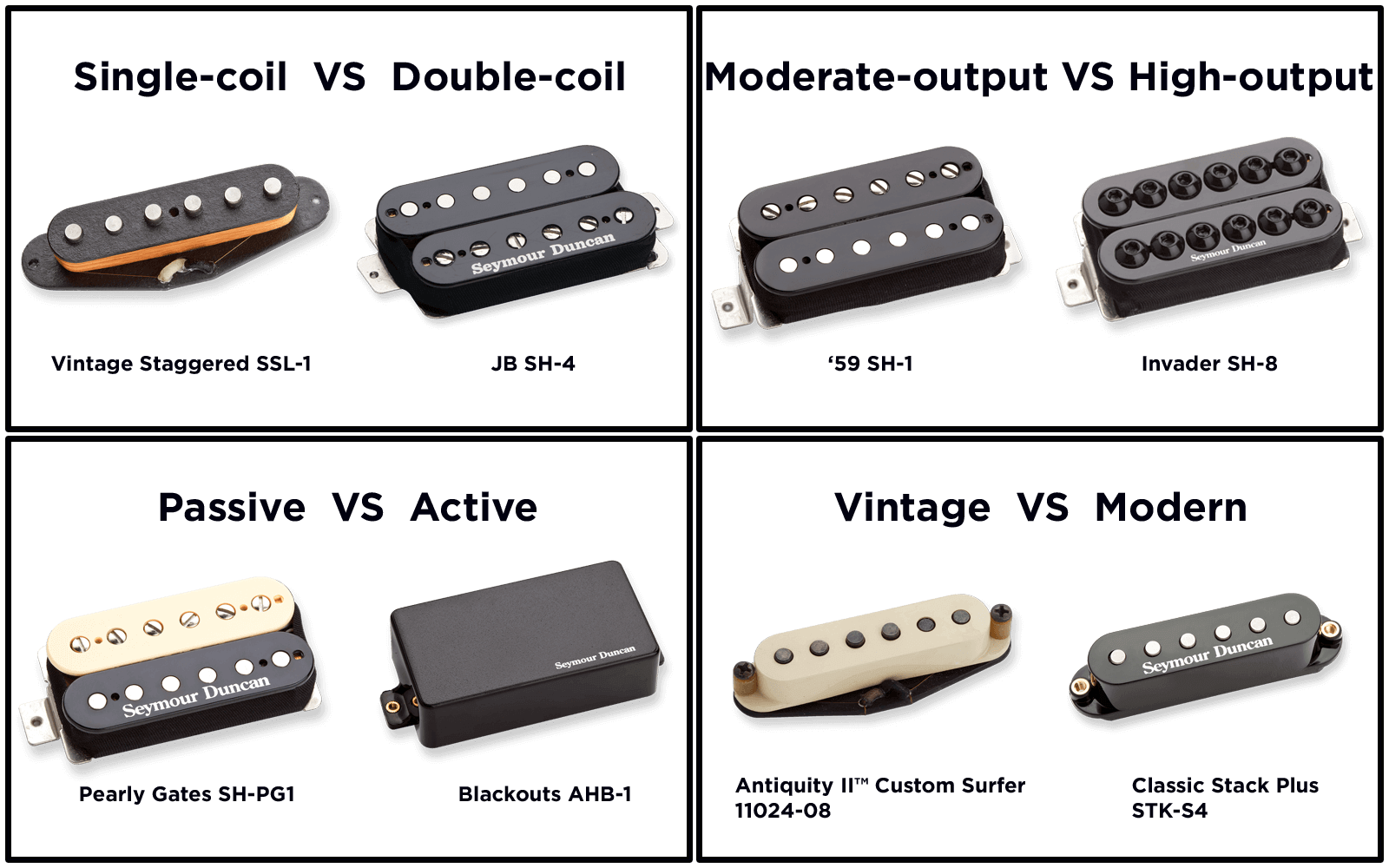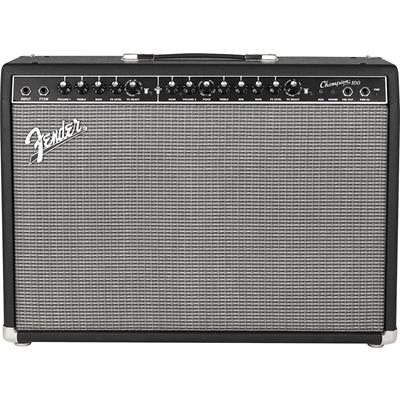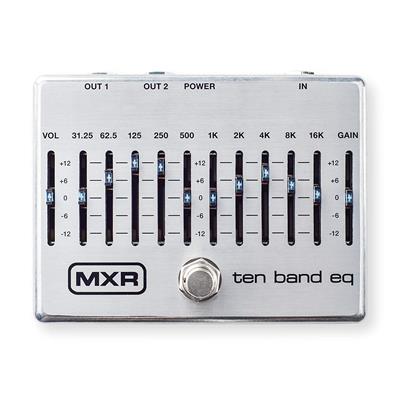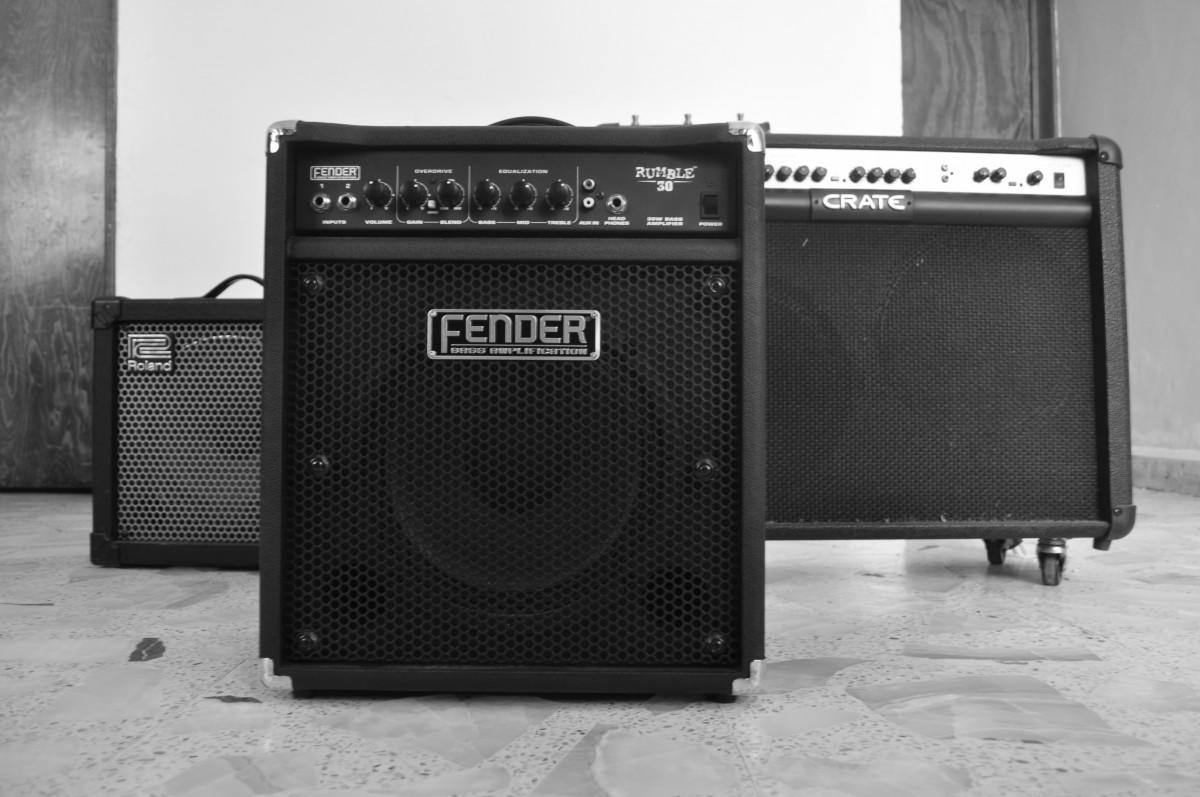So you have finally picked up an electric guitar, or maybe have been playing an electric guitar for a while now, and have not bothered to ask the question of what a pickup is. Now you are wandering the land, wondering what a pickup is and how it is useful. Well, you’ve come to the right place, since I am about to drop a bunch of knowledge on you. In this blog post, I cover the very basics of the pickup and the things you need to know. I will be writing a post about the more interesting information about replacing your pickups and customizing your sound in part two of this post. So strap in and prepare to find out everything about the silvery cube below, as well as most of the other pickups that might be interesting to you.

What is a guitar pickup?
Well, the pick up on an electric guitar is arguably the most important part of the instrument. If you look at an electric guitar you will find one, two or three places on the body, specifically the bridge, middle, and/or neck where there are electronic devices attached. These little metal knobbed devices are the pickups.
What do guitar pickups do?
The pickups are the reason your electric guitar, or your bass guitar, makes any identifiable sound whatsoever. The name pickup should hint at what they do. They pick up the sound and make it heard through an amp.
There are several varieties of different pickups that do this job a little differently. While the technique of doing this is similar, the end result is usually different. Depending on the sound you want to produce, you might want to consider picking up a different pick-up (pun not intended. This is a horrible pun, why would I intend it?).
Tonewood is known to play an important role in the sound and tone of any instrument. The same is true with electric instruments, though the tonewood plays a much smaller role in the sound of the instrument than the pick up does. Different brands, models, types and aged pickups produce an entirely different sound. So if you want a specific type of sound or a specific feeling with your sound, you will have to consider many different types of pickups. Experimenting and doing research is important. Considering the opinion of professionals (for example us) is also very important. For now, let’s cover the basics. I will be producing a more detailed guide at a later date, so be ready!
How does guitar pickup work?
So how do these tiny, amazing electronics marvels work? The explanation is just as fascinating as you would imagine it is. To speak in terms of the eggheads, the electronics involved are rather simple, if not amazing, in their design. The pickup is a transducer or a device that is capable of picking the mechanical movement of the strings on a guitar, bass or other (the strings should, preferably, be metallic) instrument and transforms the movement into an electric signal. To get even more specific, the pickup does this amazing feat through its ability to pick up electromagnetic variations caused by the vibrations of the strings. It converts the electromagnetic data into an electric signal. This signal then travels along the wire connection and is converted into sound waves through the amplifier. The sound waves then reach your ear, biology happens, yada yada and you get the sound you hear.
Now the above almost magical effect is achieved through a very specific construction type of a pickup. Magnets, coils and other items are involved in the construction of the pickup. I am not going to get too detailed on the construction of a pickup, allowing you to do your own research if you’re interested. The below graphic should provide some of the basics for you. One thing you should know is that there is variation between types of pickups and how they are made. Another thing is that modern pickups are slightly different from the old, vintage pickups used on older guitar models. Whatever it is though, all pickups are useful.
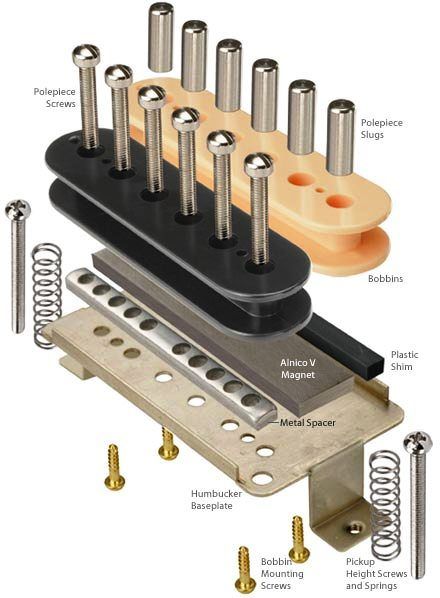
Guitar pickup styles
I’ve mentioned varieties of different pickups being available on the market. These are either the result of none stop progress over the years or simply the creativity of one person or another. All of the varieties provide the player with the opportunity to sound different in different situations. Let’s take a closer look at each of them and see what the effects of playing each are.
Single Coil pickups
The single-coil pickup is the earliest pickup available. The very first electric guitar were made with these. The very first single-coil pickup was produced by George Beauchamp in California, during the 1920s. The single coils at the time had a number of problems but were the only pickups available, so they were the primary choice. One of the biggest problems for the single-coil was the string buzz that was constantly produced. The other was a constant hum present in the guitar. The modern single-coil guitars have solved the problem of the extra noise, but some cheaper pickups still have the issue.
The single-coil pickup has a very bright, energetic and crisp sound with a lot of high tones easily expressed. Distortion also sounds really good on the single-coil pickups, but the true strength of the single coil is within the clear, clean sound it has the capability for.
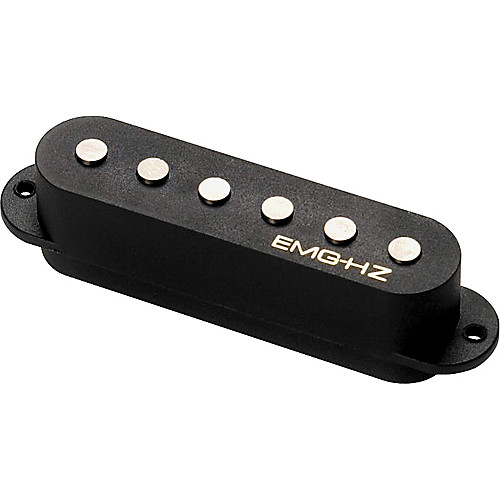
Humbucker pickup
The humbucker pickup design was introduced a little later in the timeline of electric guitar manufacturing. It is hard to pinpoint exactly when the first humbucker pickup was created, though sometimes the 1930s is the usual assumed date. The humbucker is made by stacking two single-coil pickups together. The idea came about after some of the players got really tired of the hum and buzz problems that the single-coil pickups had. The combination of two single coils, so close together, resulted in the lessening of the hum. Another side effect of the combination was that the sound was more powerful if a little deeper than that of a single-coil pickup. Over the next few years the humbuckers would slowly become the signature pickups of many rock and roll bands. Eventually the humbucker would also give the rise to metal.
Modern humbuckers are even more powerful in the sound they produce. They also retain the status of having rather clean sound compared to single coils, even if modern single coils don’t have hum issues anymore. Humbuckers are still better suited for deeper, heavier genres like metal.

Passive guitar pickups
The passive pickup is the original pickup design. The design of the passive pickup involves coils and magnets and all that jazz mentioned above. The passive pickups in the past used to have hum problems, as well as sound power problems. Modern passive pickups have more or less left these issues back in the past, so you have little to worry about.
On the other hand the passive pickups also are known to have a much greater dynamic range, which allows for fun, creative and great sound uses. You can easily go from a quiet, almost whisper sound to a world-shattering thunder in a mere second. Passive pickups are honestly, rather lovely.
Active guitar pickups
Active pickups are a more recent creation. These monsters have a very interesting construction, having far fewer coils than active pickups do. What they do have is an active preamp that boosts the signal produced by the pickup. This also means that the guitar requires an extra battery to power the active pickup. In exchange what you get is a pickup that has a much more powerful electric signal output going toward an ampt than a passive pickup does. It also means less hum and general noise as compared to the passive pickup setup. The active pickup also have a tendency to produce a much more detailed sound than passive pickups do.
The problem with the active pickups is that they require more maintenance than a passive pickup would and also have less dynamic range. On the other hand they are perfect for loud, powerful music, such as metal and heavy rock thanks to the amazing levels of gain that they possess.
Split Coil function
Split coil pickups can usually be found among the numerous humbucker guitars available on the market today. The split-coil design allows a humbucker to become a single coil pickup at the turn of a lever. How? Well the technology is actually not as complicated as some would lead you to believe. The connection between the two separate coils and magnets is broken in a split coil humbucker. This allows the pickup to act as a humbucker most of the time, as the connection, despite being split still persists. Only at the turn of a lever does the humbucker transform into a single-coil pickup, allowing you to change up your music in an instant.
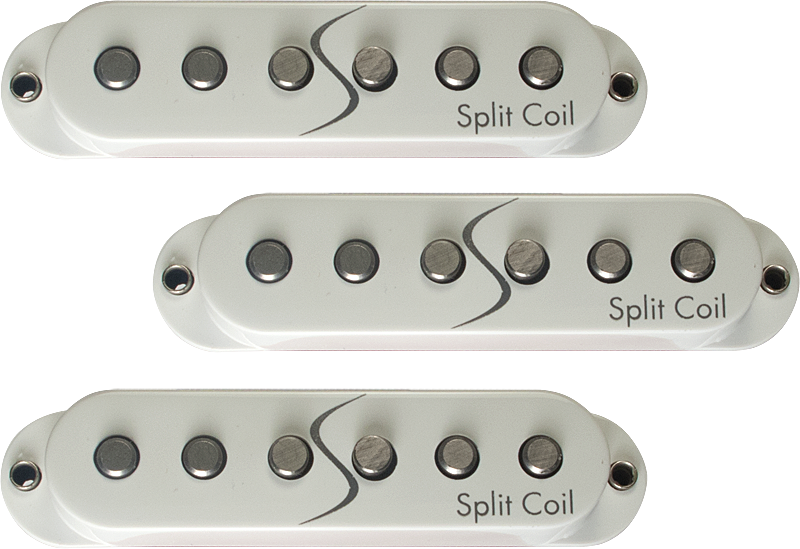
Coil Tap function
The coil tap technique is mostly present in single-coil pickups. Coil tapping is the practice of receiving the signal from a point of a coil other than the end. This results in the output of a pickup being lowered. This is not seen too often on the market, though there are examples of high output pickups doing this to produce a lower sound.
Vintage guitar pickups vs Modern pickups
The vintage pickups have a very typical, lower output sound that is usually easily recognized by connoisseurs of sound. These vintage pickups have a tendency to be bothered by the old problems, but creative use might result in interesting things.
Modern pickups have mitigated the problems of the old pickups. The variety of modern pickups varies greatly, allowing for a large choice catering to any taste in sound. The choice of vintage versus modern pickups is entirely up to you and depends on what you want from your guitar. If you want vintage sound, go for the vintage pickup, though a modern pickup might produce a similar effect. If you want a modern sound, well, you have a whole world of choices ahead of you.
